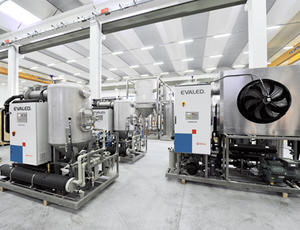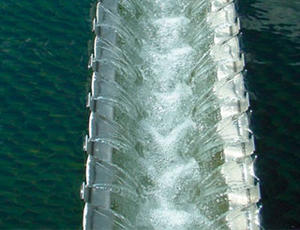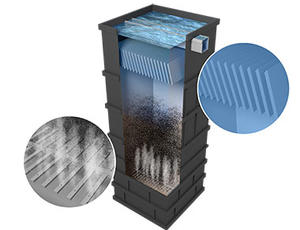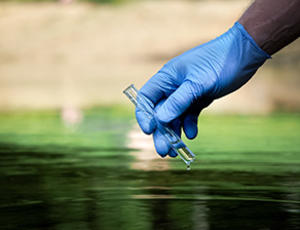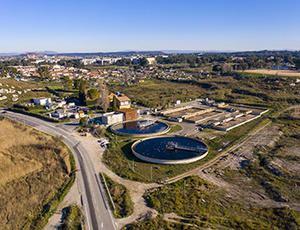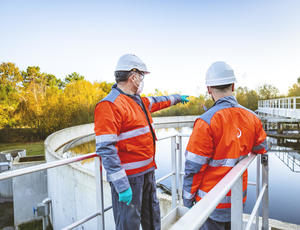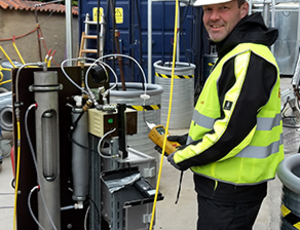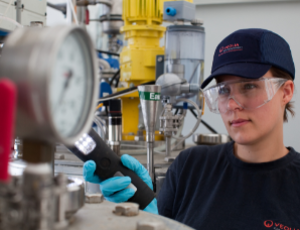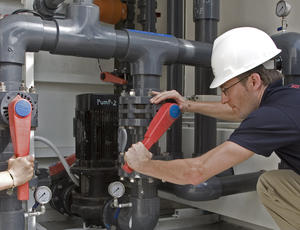Water pollution is not a localized issue and so it must be treated wherever it is found to safeguard the health of current populations and ecosystems, as well as a fundamental obligation we owe to future generations.
This is why we make it our mission to help our customers avoid emitting pollution from the onset; to create technologies that reduce water pollution at source; treat chemicals that are used in manufacturing processes; and champion sustainable water practices across the board.
We believe treating water pollution is not optional but vital for our future.
From industrial wastewater to municipal wastewater, drinking water, groundwater and soil, pollutants such as pesticides, bacteria and active pharmaceutical ingredients all pose significant risks.
New regulations to safeguard human health and the environment have far-reaching implications for all our customers, from the pharmaceutical, mining and food and beverage industries to municipalities. All markets have a role to play in successfully depolluting and preventing the spread of pollutants as part of sustainable water management best practices.
Additionally, amid rising public concern for the environment, addressing issues like micropollutants, including PFAS — also known as forever chemicals —, is not just morally imperative but also smart business. Customers and stakeholders increasingly demand corporate efforts to minimize environmental impact
At Veolia Water Technologies, we recognize these challenges and we are committed to global efforts to tackle pollution. We believe addressing water pollution is an economic necessity, a public health priority and, lastly, it is a fundamental responsibility we owe to the generations that will inherit this planet from us.
Our latest report explores five initiatives that are helping to decrease, regulate and mitigate pollution.
Key trend #1: Multitude of micropollutants
Key trend #2: Rise of forever chemicals
Key trend #3: Public concern over environmental issues
Key trend #4: Human health consequences
Key trend #5: Increasing environmental regulations
This report serves as a resource for stakeholders seeking to understand and contribute to the global efforts to combat pollution and create a more sustainable future.
Discover some of our customers who are contributing to the global effort to tackle pollution
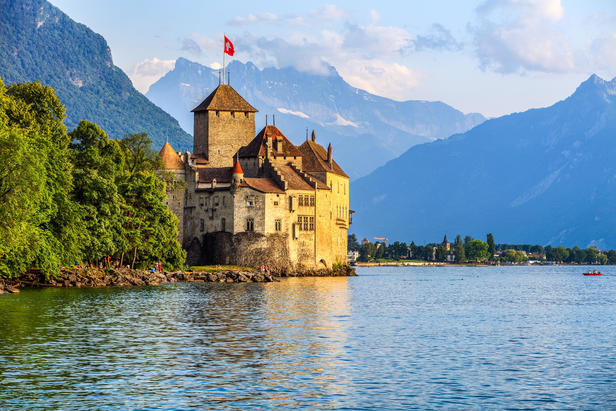
Lake Geneva, which provides 70 million cubic meters of water to residents and holidaymakers, faces a challenge of micropollutants in its water. To combat this issue, a consortium led by experts from OTV — a subsidiary of Veolia Water Technologies — has implemented a multi-barrier system. The system includes advanced oxidation, activated carbon treatment, ultrafiltration and nanofiltration to effectively treat micropollutants. This new plant will be the first of its kind in Europe and will exceed regulatory requirements.
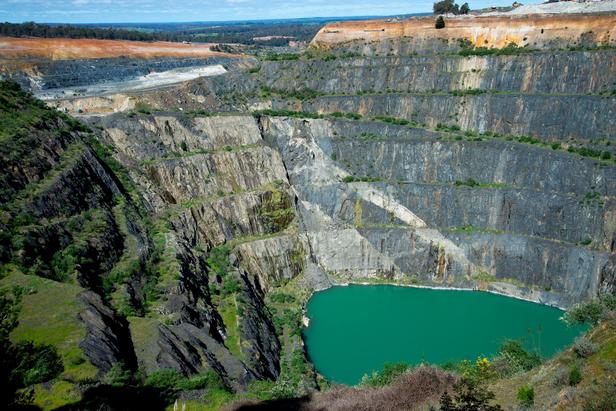
The global rise in electric vehicle (EV) sales has led to increased demand for lithium, a crucial component in EV batteries. However, the lithium mining process and production have environmental consequences. In Australia, one lithium producer is implementing zero liquid discharge (ZLD) to avoid discharging lithium into groundwater. Our Evaled™ evaporator system is used as a third step in the process to separate and concentrate lithium from water, reducing the operational footprint and preventing lithium discharge into the environment.
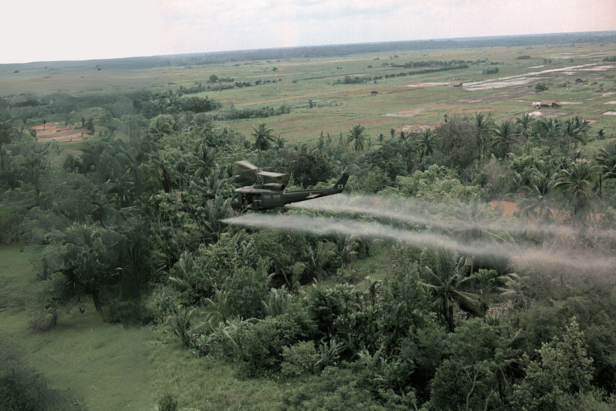
During the Vietnam War, the use of Agent Orange herbicide caused long-lasting soil contamination. Generations later, millions of people in Vietnam, Cambodia and Laos continue to suffer from health issues. In 2012, a collaborative effort between the Vietnam Ministry of Defense and the United States Agency for International Development was launched to remediate contaminated soil near Da Nang airport. Our experts from Krüger — a subsidiary of Veolia Water Technologies — utilized In-Pile Thermal Desorption (IPTD) to evaporate and degrade dioxins, successfully meeting cleanup standards within 20 months and creating safe soil for reintegration into the environment.
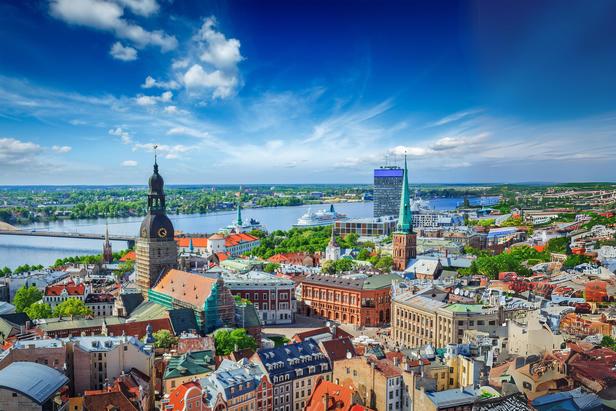
Latvian pharmaceutical company JSC Grindex has taken proactive steps to ensure it continues to meet regulatory standards and address the challenge of active pharmaceutical ingredients in wastewater as regulations evolve. They have implemented a five-stage moving bed biofilm reactor (MBBR) process, specifically designed for the degradation of difficult-to-degrade organic compounds and nitrogen removal.
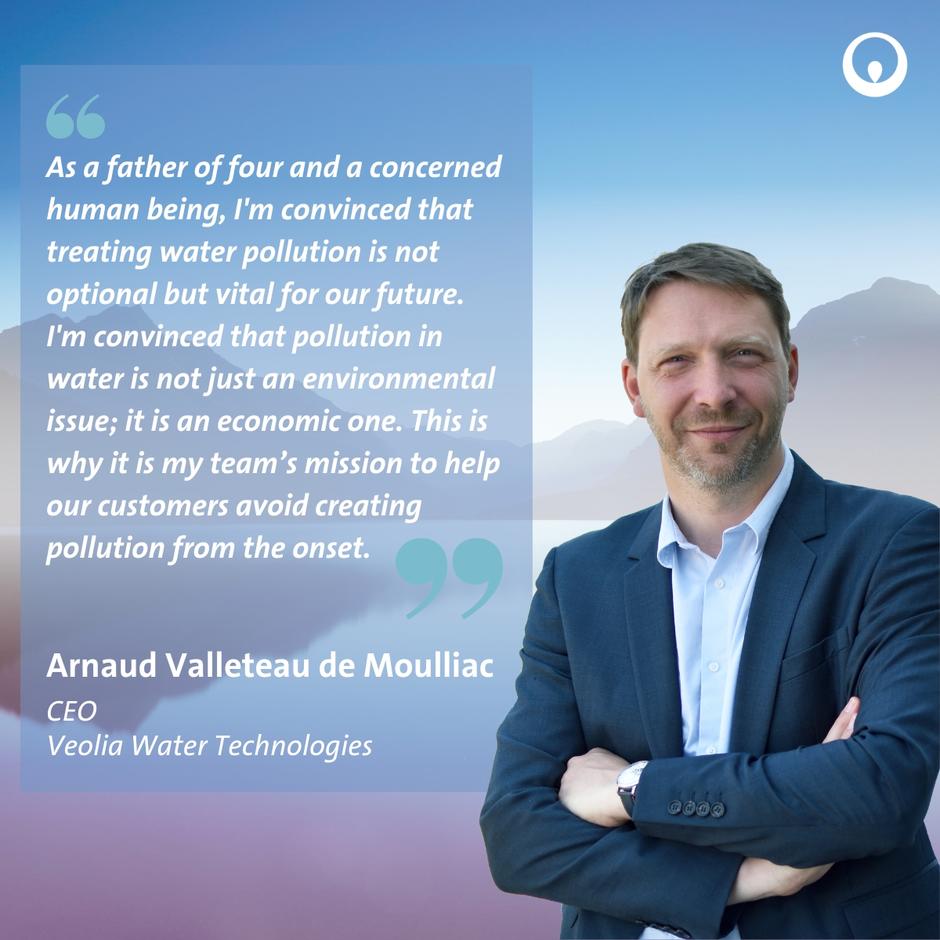
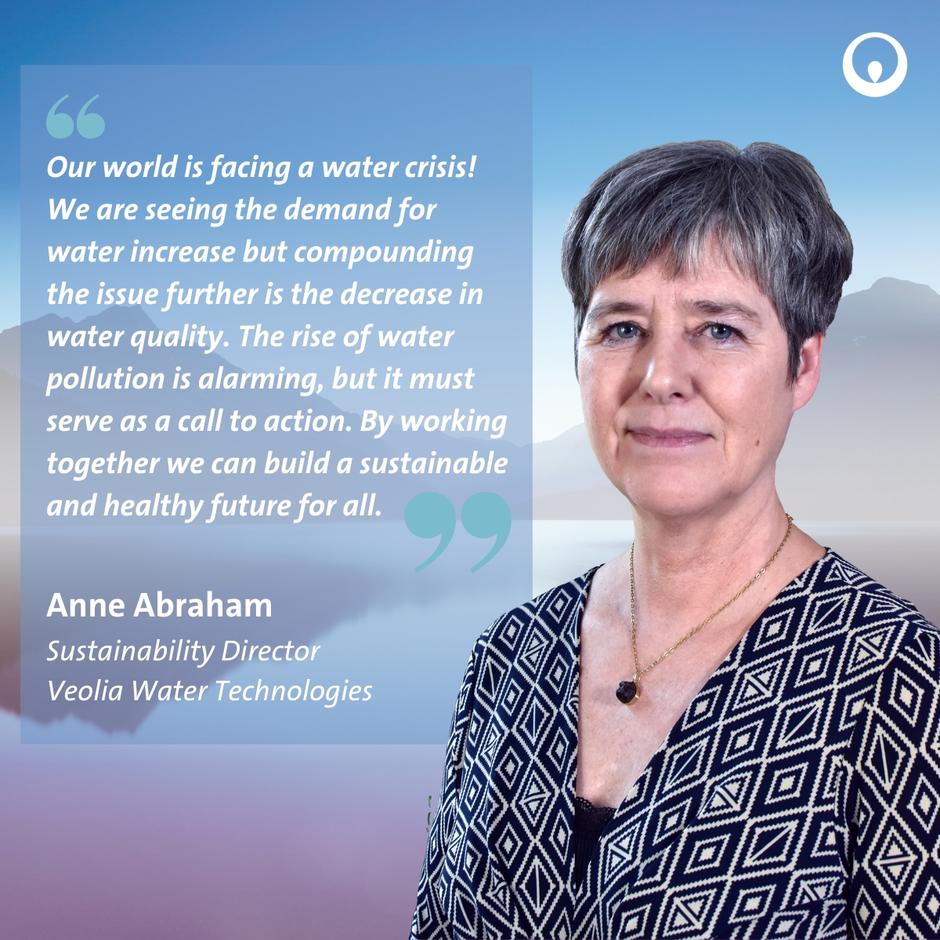
Technologies
Technologies that help treat pollution
Applications
Applications that help mitigate pollution
Services
Services that help decrease pollution
FAQ
What is the impact of water pollution?
Water pollution has far-reaching impacts on the environment, human health and economies. It disrupts ecosystems, contaminates drinking water sources, harms marine life and has adverse effects on human health, including the spread of waterborne diseases and long-term health problems. Water pollution also has economic consequences by disrupting industries and requiring costly treatment and remediation efforts. Additionally, it hinders recreational activities and poses risks to vulnerable populations. Addressing water pollution is essential for protecting ecosystems and human health, and for sustainable water resource management.
What are PFAS (per- and poly-fluoroalkyl substances)?
PFAS, which stands for per- and poly-fluoroalkyl substances, are a group of human-made chemicals that have been widely used in various industries and consumer products for decades. Also known as “forever chemicals”, they are resistant to heat, water and oil, making them useful for applications such as non-stick cookware, waterproof clothing and firefighting foams. However, PFAS are persistent in the environment and have been found to accumulate in the human body. They are associated with various health risks including developmental issues, liver damage, immune system dysfunction, and an increased risk of certain cancers. Due to their persistence and potential harm, there is growing concern and regulatory action to monitor and reduce the use of PFAS in order to protect human health and the environment.
Is there a global regulation to treat water pollution?
While there is no singular global regulation specifically dedicated to treating water pollution, there are international agreements and frameworks that aim to address water pollution on a global scale. For example, the Stockholm Convention on Persistent Organic Pollutants and the International Maritime Organization's International Convention for the Prevention of Pollution from Ships, are provisions and regulations aimed at preventing and reducing water pollution. Moreover, many countries have their own national laws and regulations in place to manage and treat water pollution, which are often tailored to their specific environmental and societal needs.




